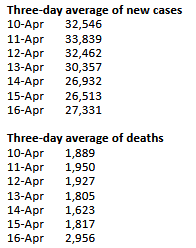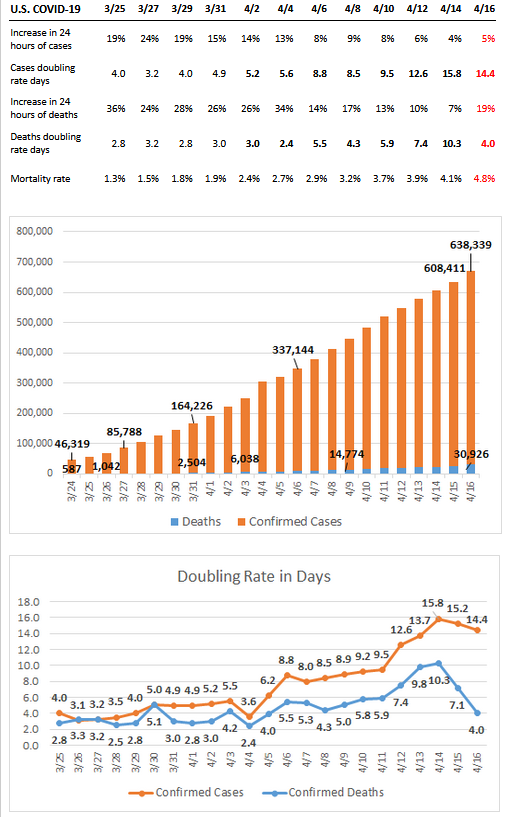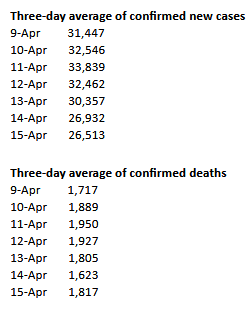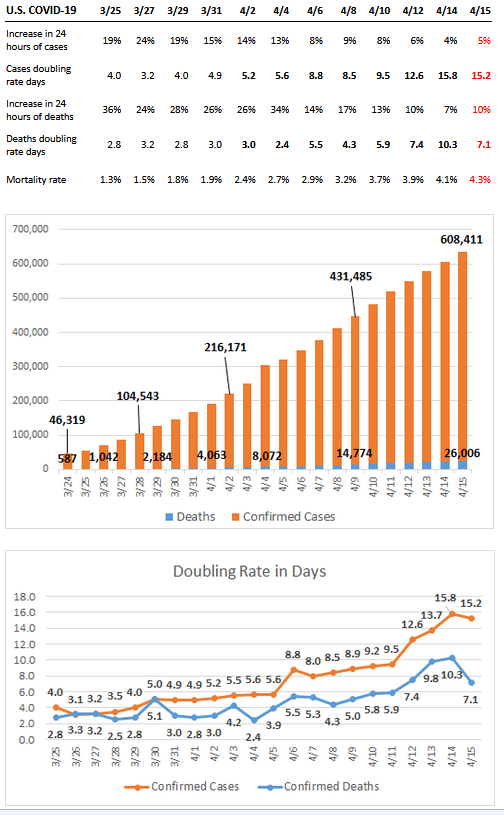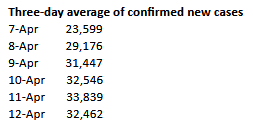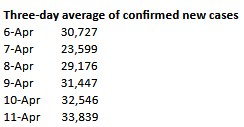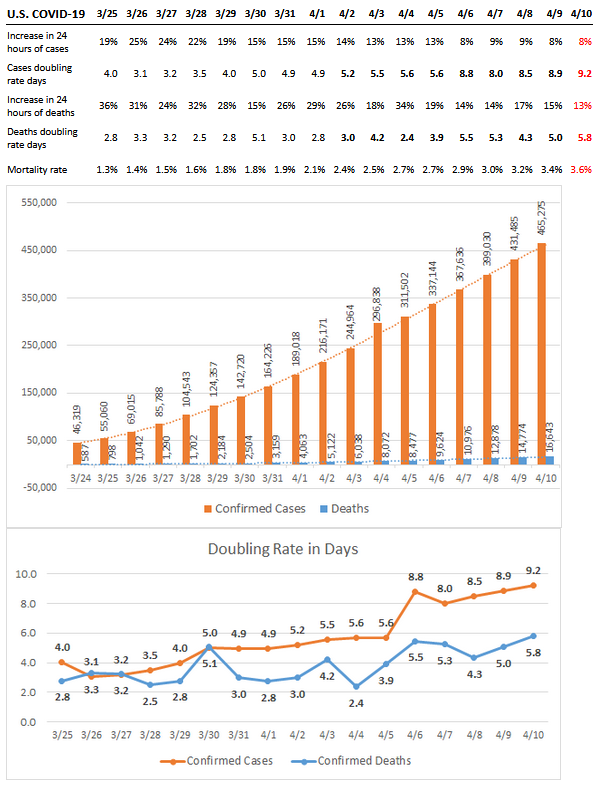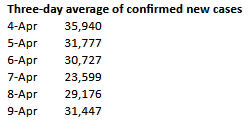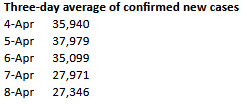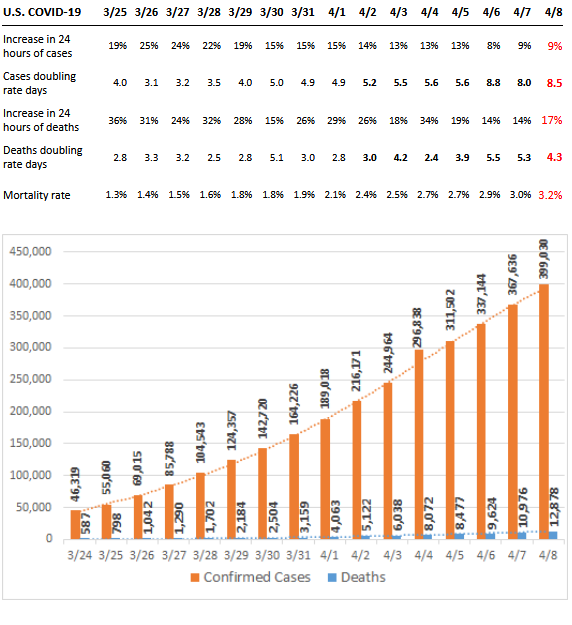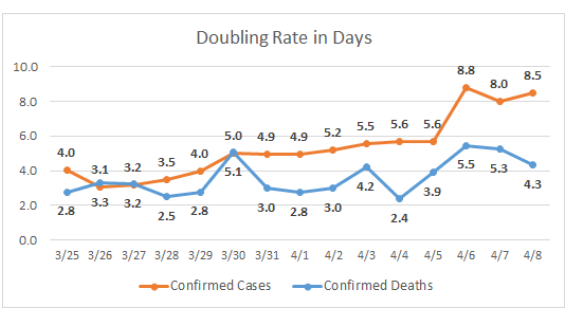
Nope, not yet
First the good/bad news. Covid-19 isn’t going to bring down the “system.” It’s not a hard enough shock.
There are things we should learn from it, about what work is actually needed, about the fact that more people will not die because of reduced pollution during isolation periods than from the virus, and so on.
Mostly, we won’t learn those lessons.
One lesson which will be, not exactly learned, but used, is that if you don’t make it in your country, you can’t be sure of having it when it matters. Physical manufacturing matters: It can be designed in the US, but if it’s made in China, well…Trump almost stopped 3m from selling masks to Canada, be sure that the fact that he can has also been noticed.
There were already powerful forces, and not just in the Trump administration, who were unhappy with the current world trade and offshoring system. The more intelligent parts of the American permanent ruling class have noticed that the actual threat to American hegemony is China, and that when China makes things the US needs, China has the US by the balls.
They’ve been wanting to bring as much production back to the US as possible and they’ve been wanting to force the world into two trading blocs. These are the sort people who become livid when a European country chooses Huawei 5G, and start making threats about NATO.
They are, of course, right to be worried. The offshoring of production had catastrophic effects for Britain, when they off-shored to the US in the 19th century. They said the same sort of things Americans say now, “We still design, they just make the stuff.” That didn’t last: Manufacturing produces designers in time, there are things learned best when you’re right next to the plants. It took about three decades, but the design moved to the US, and Britain never recovered, eventually surviving through financialization, a weak shadow of itself, sustained on rents which the rest of the world can easily, one day, decide not to pay.
So Covid-19, which is putting shocks through the trade system anyway, is going to be used to justify bringing production back to various countries, to re-shoring. Trade will go down, not up, the supply chain will be less broken into pieces, and there will be a push towards a new cold war with two trade blocs. There may wind up being three depending on what Europe does, but the plan is to force Europeans into the US bloc.
In general economic terms in the US and UK, what will happen is just what happened after 2008—the big boys will be bailed out, those who have money (or are given trillions by the Fed and Treasury) will then buy up distressed assets. There will be fewer, bigger players again, the general economy will be worse for ordinary people, blah, blah. You know the play.
This won’t lead to revolution or revolutionary change yet, I suspect. I think it’ll take at least one more big shock before people become desperate enough. And, of course, the right play is to pick some part of the poor and have them oppress the other half of the poor in exchange for not-too-shitty a life. Poor white sharecroppers who get to call the equivalent of African Americans “boy.”
That play, given the weakness of the left in America and the UK, may well work. We shall see.
But be sure of this, there will be more shocks. This is a system which has no “give.” It has no surplus capacity to handle shocks, not at the real economy level: All our elites know is politics and printing digital money and giving it to their friends, without insisting on real production. Oh, they’ll try to re-shore production, but they are fundamentally incompetent and will run it badly. Be sure of that.
So this isn’t the big one. But climate change is rumbling, resource shortages are onrushing, and our sclerotic society and incompetent elites will turn what should be shocks that are easily handled into crisis after crisis.
The future is going to be interesting. Be prepared. The old world is dying, the new world has not yet been born, and there will be a great deal of pain and screaming in both the death and birth.
The results of the work I do, like this article, are free, but food isn’t, so if you value my work, please DONATE or SUBSCRIBE.
